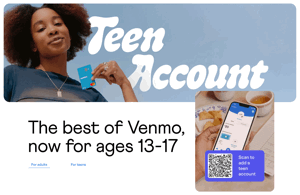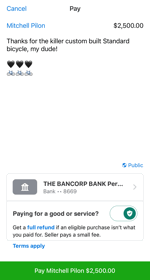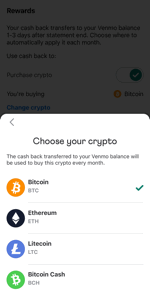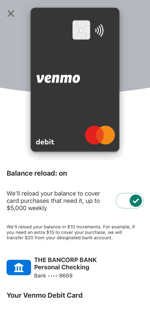Panther Console
- Artificial Intelligence
- Amazon Web Services
- API Design
- DynamoDB
- Go
- GraphQL
- JavaScript
- Python
- React
- Typescript
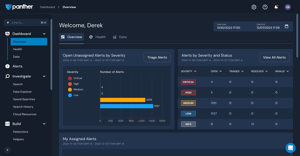
Panther is a cloud-based SIEM (Security information and event management) cybersecurity company that I worked for. The product ingests logs from various sources and helps security teams identify threats based on pre-built and custom detection rules. One of its differentiators is that the detections were built as code - in Python.
The backend was a mix of golang and python deployed to a largely serverless infrastructure and made extensive uses of queues, document-based data stores, data lakes, etc. The front-end was react and typescript and interfaced with the backend via GraphQL.
My primary focus was on our detection and alerting interfaces, as well as integrating with third party services, and building out tooling for AI. Within these realms, I worked on the full stack of the Panther application - from architecting features, defining graphql services, and implementing backend logic in golang to building out front-end components and MCP servers.

